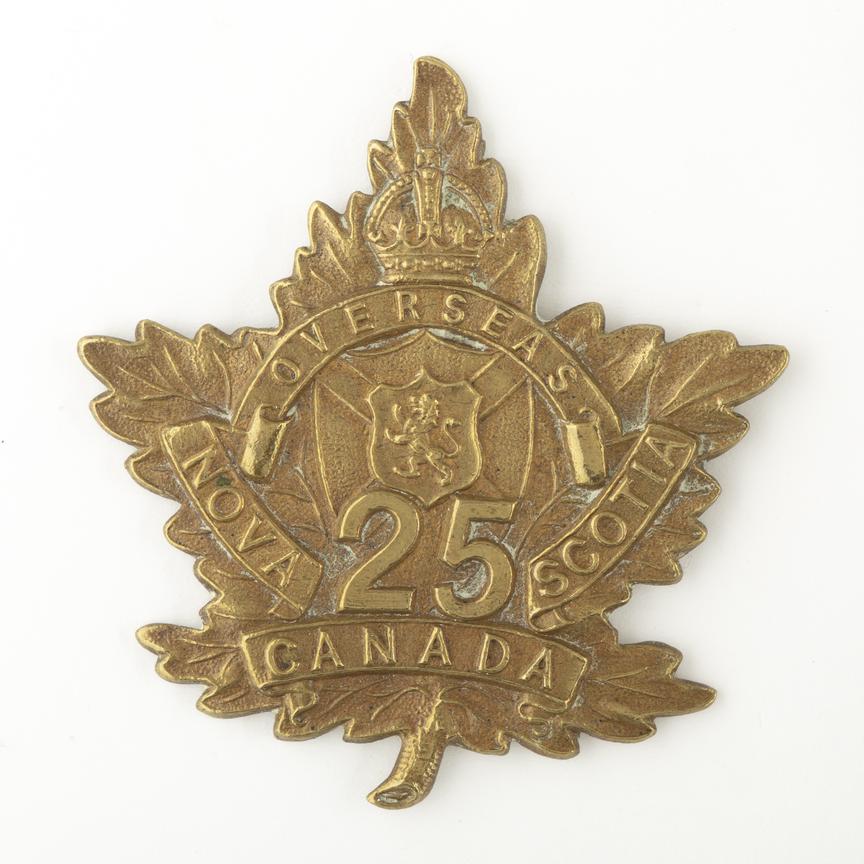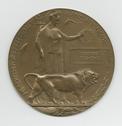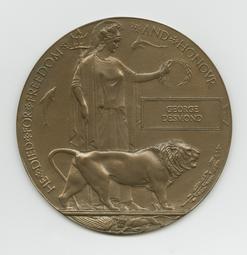Unit
25th Canadian Infantry Battalion (Nova Scotia Rifles)
Branch
Infantry
Service Component
Canadian Expeditionary Force
Service Number
448070
birth
1883/09/26
Edinburgh, Scotland
death
1916/09/29
Somme, France
grave
Canadian National Vimy Memorial, Vimy Ridge, France
Gender
Male
George Desmond was born in Edinburgh, Scotland, on 26 September 1883.
Desmond described himself as a fireman when he enlisted with the 57th Canadian Infantry Battalion (Canadien-Français) in Montréal, Quebec, on 9 June 1915. He sailed to England on SS Corsican, arriving on 30 July 1915. The next day, he was transferred to the 23rd Reserve Battalion, based in Shorncliffe, Kent. That battalion was used to marshal men to reinforce units already in the field.
On 10 September 1915, Desmond was transferred to the 25th Canadian Infantry Battalion (Nova Scotia Rifles). He was shipped to France five days later.
On 29 September 1916, Desmond was killed in action on the Somme, after his battalion relieved the 14th Canadian Infantry Battalion on the front lines facing Kenora Trench. His body was not recovered. The 14th Battalion had been severely mauled by heavy shelling and machine gun fire during its unsuccessful attempt to take the trench. The 25th Battalion’s war diary notes that it, too, experienced “extremely severe shelling” after it entered the line.
Desmond was a good combat soldier. On 8 December 1916, he was posthumously awarded the Military Medal for bravery in the field.
George Desmond is commemorated on the Canadian National Vimy Memorial, on Vimy Ridge, in France.
Military Medal
“For displaying very great gallantry and initiative. After the village [Courcelette] was captured he was sent back with prisoners a distance of about 3000 yards under terrific fire. These prisoners he handed over to the cage safely and volunteered to guide the other parties back to our front line. Although very exhausted he successfully carried out this duty. He was sent back as guide to prisoners on two or more occasions and each time immediately volunteered to guide to the front line.”
– Canada, Military Honours and Awards Citation Cards, 1900–1916



